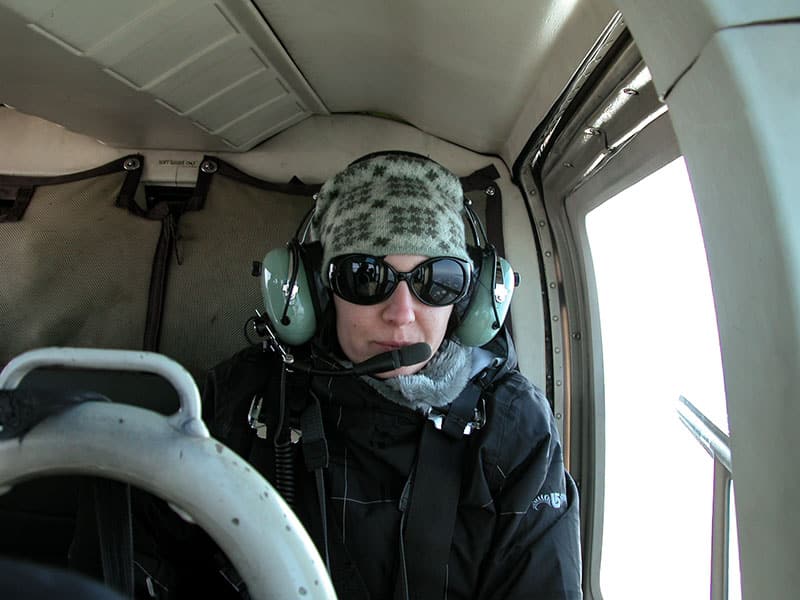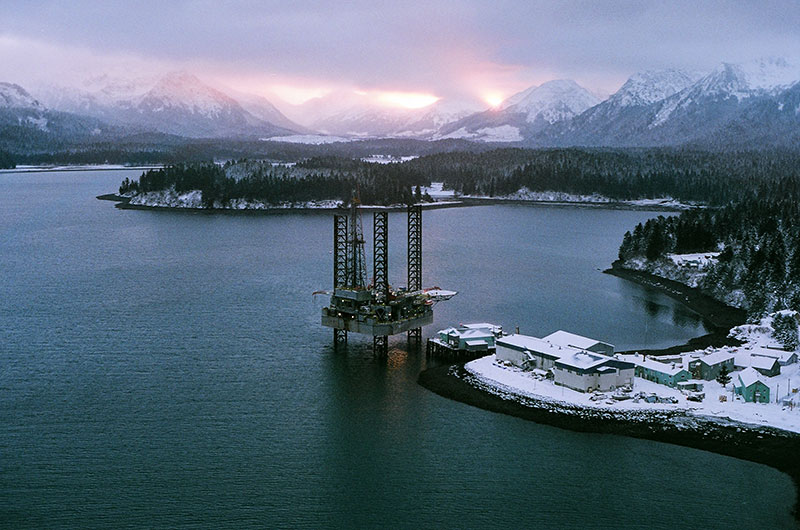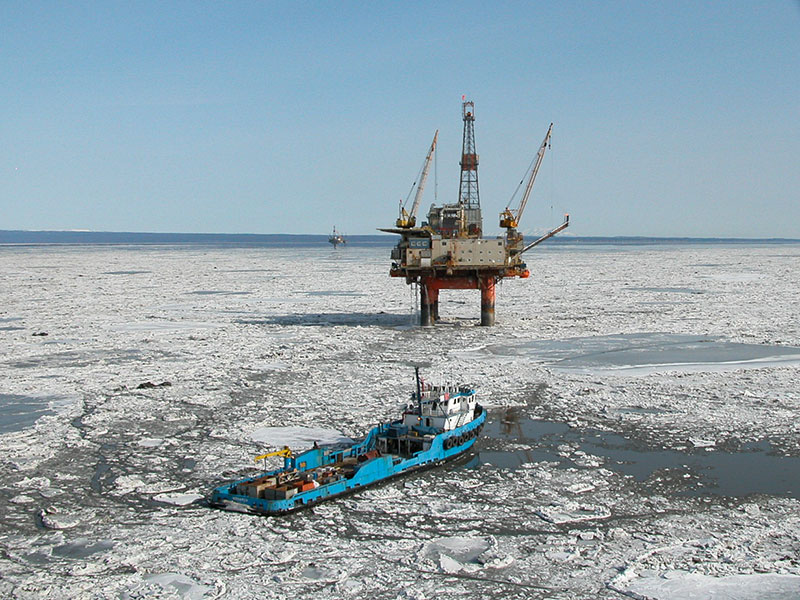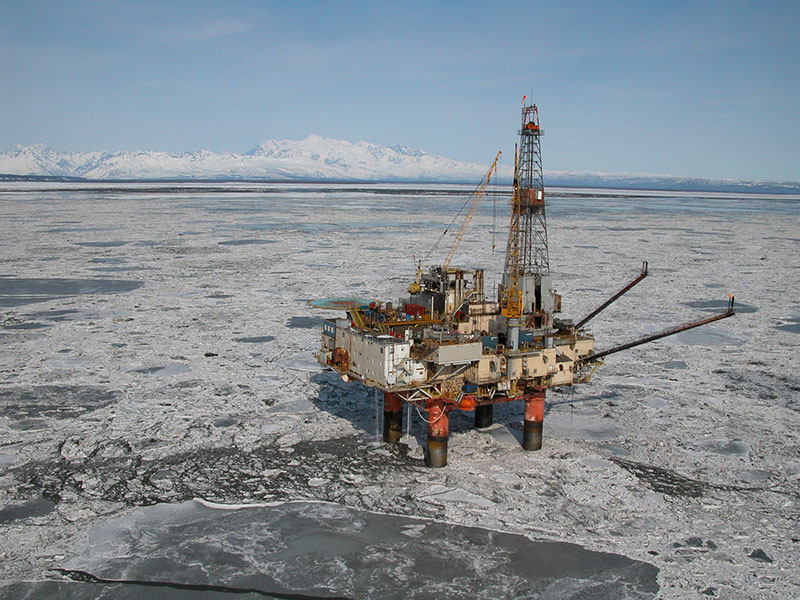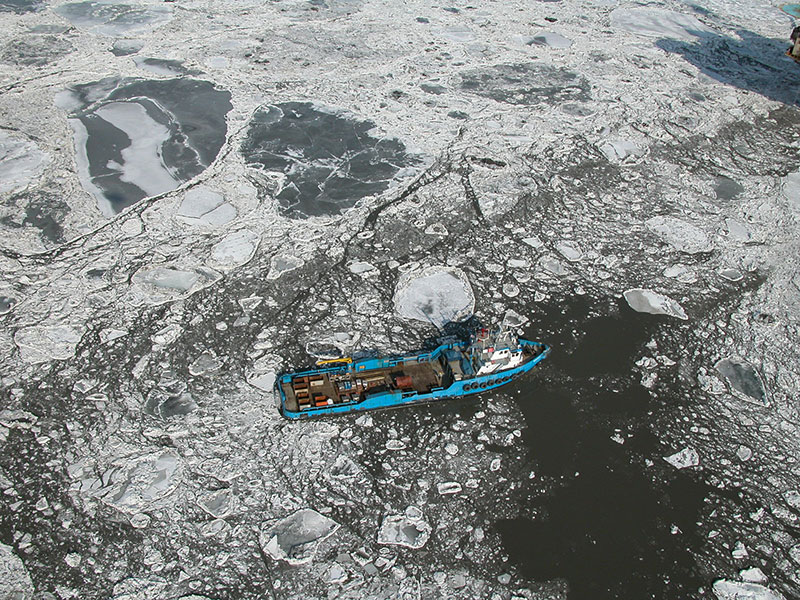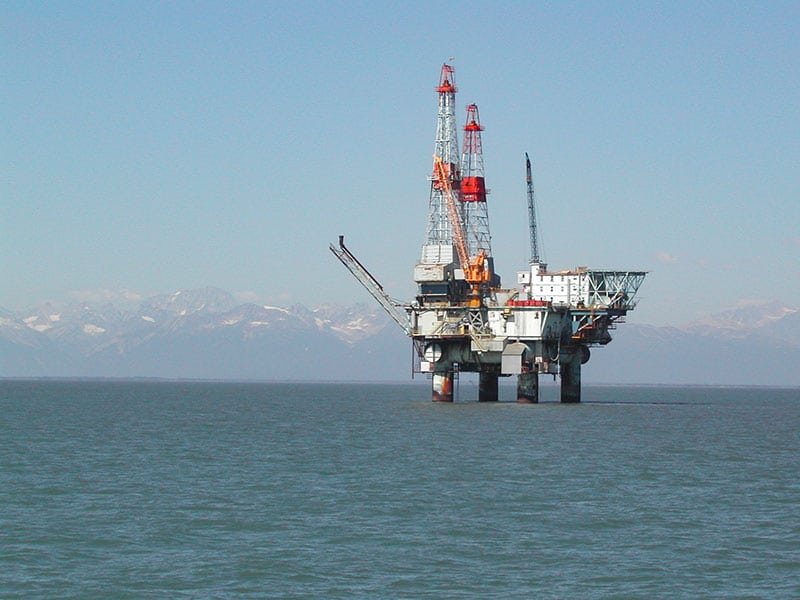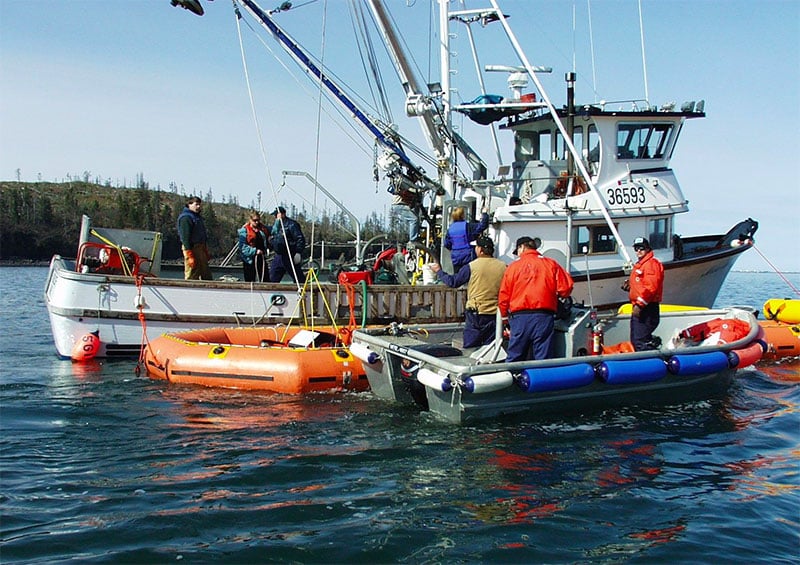
Our Prevention, Response, Operations and Safety Committee commissioned a vessel traffic study, which culminated in a written report and illustrated inventory of vessel traffic movements in Cook Inlet. The report by Dave Eley of Cape Decision, Inc. may be used as a reference document to support discussions on the environmental risks associated with vessel traffic in the area, as well as any discussions regarding mishap prevention initiatives. This study, funded solely by CIRCAC, is being used to augment the navigational risk assessment.
CIRCAC, the Alaska Department of Environmental Conservation, and U.S. Coast Guard launched the Cook Inlet Navigational Risk Assessment in 2011 to examine the risk of oil spills posed by the marine vessels transiting through, near and/or servicing the region. The goal of the risk assessment was to answer the following questions:
- What can go wrong?
- How likely is it?
- What are the impacts?
- Can the impacts be mitigated?
The risk assessment examined the current types and sizes of vessels plying Cook Inlet and dominant accident types to identify future oil spill risks based on vessel size, type and frequency. The first phase of the navigational risk assessment was limited to a semi-qualitative analysis. The study relied primarily on historical data, expert opinion, and lessons learned from prior studies. Study results provided a basis for the identification and initial ranking of risk reduction measures.
The risk assessment organization and management structure consisted of three groups: a Management Team, an Advisory Panel, and Project Managers. The US Coast Guard, Alaska Department of Environmental Conservation (ADEC), and Cook Inlet RCAC constituted the Cook Inlet Risk Assessment (CIRA) Management Team. The Cook Inlet RCAC administered state-appropriated funds and the USCG administered federal funds dedicated to paying for the risk assessment.
The Advisory Panel included stakeholders and experts with local knowledge and expertise on all issues pertinent to the assessment, such as local infrastructure, relevant industries, waterways and their navigation, weather, and habitats. The Advisory Panel operated as an independent entity from the Management Team.
The Project Manager, Nuka Research and Planning Group, coordinated the project on behalf of the Management Team and provided for sub-contracting services necessary to conduct the work plan.
The Report was completed in January 2015, and includes public comments received on the draft report as well as the Management Team’s response to those comments.
Identify and assess vessel traffic, facility operations, and pipeline safety in the Cook Inlet RCAC area of concern.
Evaluate response equipment, personnel, training, and other mechanisms to cope with potential or actual oil discharges into Cook Inlet.
Seek out and assist state and federal efforts to conduct and administer a risk assessment unique to Cook Inlet conditions.
5002 (f) (2) Duties – In fulfilling its responsibilities…
(G) periodically review the standards for tanker bound for, loading at, exiting from, or otherwise using the terminals;
5002 (f) (2) Duties – In fulfilling its responsibilities…
(C) study wind and water currents and other environmental factors in the vicinity of the terminal facilities which may affectthe ability to prevent,respond to, contain, and clean up an oil spill.





